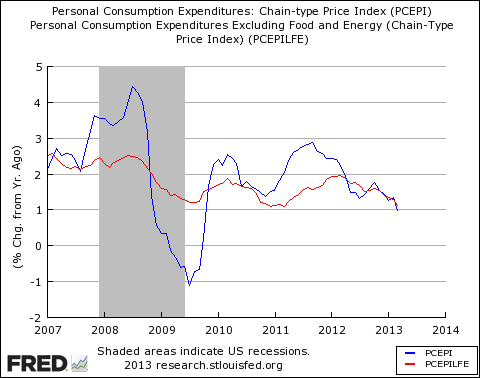Don't beat yourself up. The CPI in 1980 was 13.51%, so even at these bond rates the government bonds were net losers. And if we think back to the mood of the country at the time, things looked pretty gloomy.
Sounds like now, eh? Who knew at the time that the next 20 years would be great for both stock AND bond owners?? I think the worst is past us (2000-2009), with cheap energy and new technology advances the future is starting to look better.

